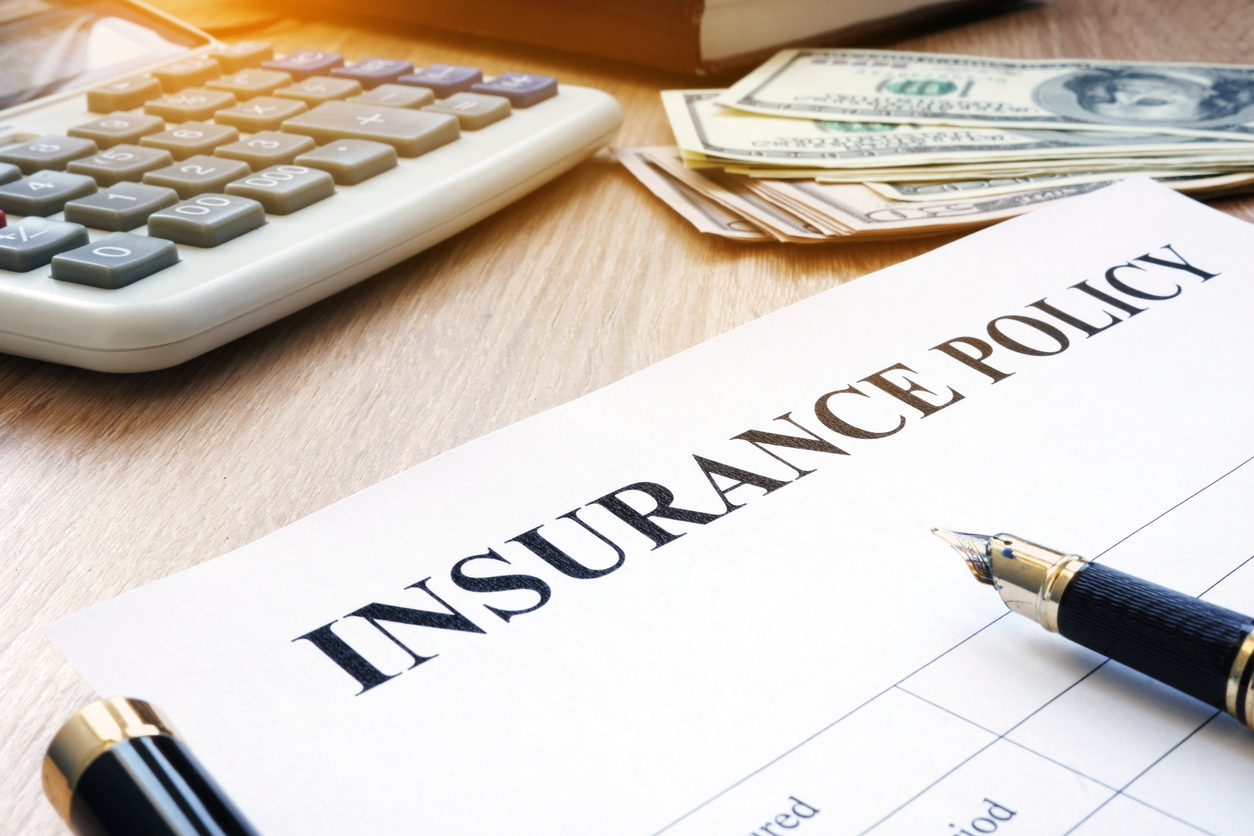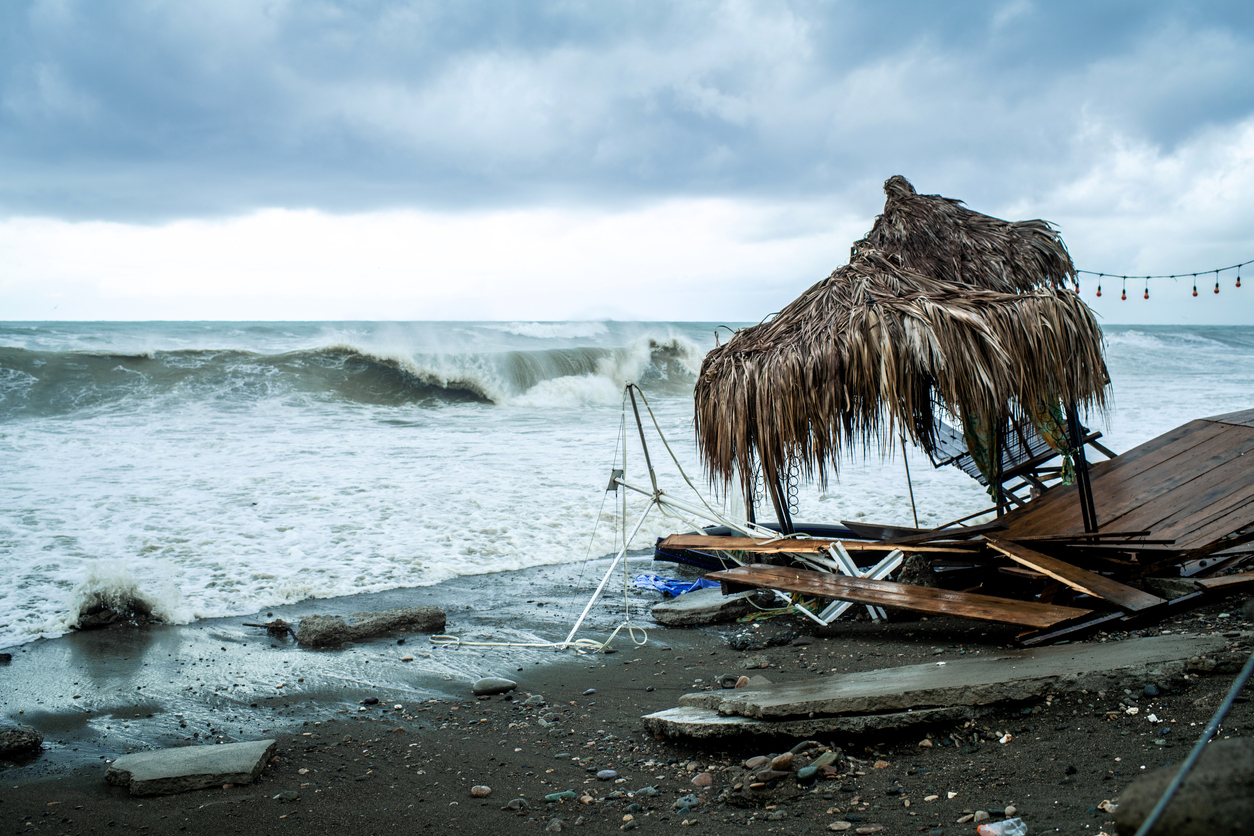Finding the best builders’ risk insurance coverages is sometimes complex, and you must guide your clients. Builders’ Risk Insurance is a particular type of property insurance designed to protect properties under construction. In the event of theft, vandalism, fire, or natural disasters, it covers not only the property someone is building but also the materials and the soft costs like marketing expenses and financing fees associated with the project. Keep reading to learn more about the key considerations when purchasing Builders Risk Policy.
How to Determine the Best Builders Risk Insurance Coverages
To ensure appropriate coverage, the risk manager should begin by carefully reviewing the construction documents, outlining specific requirements such as waivers of subrogation, indemnity provisions, limitations on liability, and identifying who is to be insured.
Who Purchases the Builders Insurance?
A builder’s risk policy is available for purchase by anyone with a financial stake in the project. That includes general contractors, building owners, subcontractors, developers, commercial builders, and carpenters. Courts typically hold contractors accountable for damages to the construction site. Therefore, they may want their name included in the list of insured parties if the property owner or developer procures the policy.
What Is and Is Not Covered?
Developers should answer five critical questions before buying builders’ risk insurance. First, they must determine if the policy covers off-site or in-transit materials. They must then determine if the policy covers temporary structures and scaffolding used in construction. Next, they must ask if there is coverage for site preparation costs and damages to underground pipes. Does the policy include coverage for the contractor’s equipment? Then, Does the policy cover leased equipment?
When choosing the best coverage for clients, it’s essential to consider all construction-related items susceptible to damage.
Builders’ Risk typically covers lost sales, real estate taxes, rental income, temporary structures, scaffolding, etc. However, note that this coverage also has exclusions, such as wear and tear, rust and corrosion, onsite injury, and construction defects.
Is the policy a named perils or open policy?
A named perils policy explicitly specifies the perils or risks covered. For instance, if the policy includes fire and theft, only the losses due to fire or theft will get coverage. The policy will not cover the indiscretions if it does not mention the loss or damage. Named perils policies usually have lower premiums because they offer more limited coverage.
On the other hand, an open perils policy (also known as an all-risk policy) covers any loss or damage that is not explicitly excluded. It provides more comprehensive coverage and is, therefore, more expensive. The policyholder must also prove that the loss or damage is not excluded from the policy to receive coverage.
What is the cost of builders’ risk coverage?
The price of a builder’s risk insurance policy varies depending on the specific needs of your clients. But, the primary factors influencing the costs are construction materials, project type, and policy details, such as coverage amounts and limits.
A good rule of thumb is to opt for limits equal to the projected construction cost. The higher the cost of the project, the higher the insurance rate. Keep in mind, though, that insurance limits vary. There are often revisions to contracts, and thus costs can further increase.
About Snyder Specialty
Snyder Specialty, LLC is a New York-based underwriting facility that provides a range of property and liability solutions for personal and commercial lines. Specializing in coastal properties and hard-to-place risks, Snyder Specialty expands your current capabilities with proven solutions for complex risks. Find out more about the company’s range of services by calling (718) 362-8039


